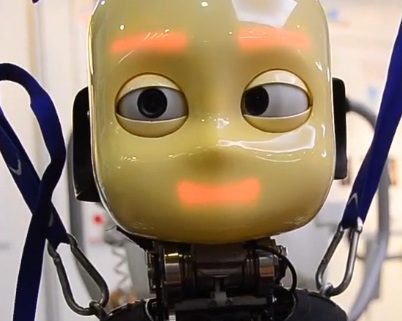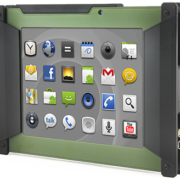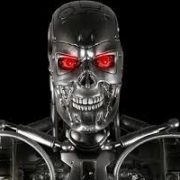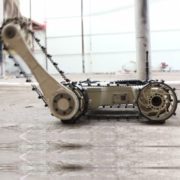Recently, the 2015 IEEE/RSJ International Conference on Intelligent Robots and Systems (IROS) took place in Hamburg, Germany. The Institute of Electrical and Electronics Engineers (IEEE) posted a video of the most interesting unmanned systems at the show (see below).
In the video, most robots had recognizable human-like characteristics. This is not inevitable; some unmanned systems, such as Unmanned Ground Vehicles (for which AMREL builds Operator Control Units), do not remotely resemble humans. In fact there has been a controversy over how human-like unmanned systems should be (see Walk n’ Roll).
As evidence by the video, developer sentiment seems to be leaning towards human-like (or “humanoid”) robots. Usually, the proponents of humanoid robots offer 3 rationales:
- Humanoid robots are better suited for performing human-like tasks
- Humanoid robots are better suited for working in an environment built for humans.
- Humanoid robots are better suited for Human Robot Interactions (HRI)
However, there is yet another reason why people are building robots. To explain why, let me tell you about a Psychology of Language class that I attended many eons ago. The central question of the class was “Could we teach a computer to read?” No one knew if this was even theoretically possible. At the time Optical Character Recognition was primitive at best. We weren’t even certain if a computer could transform vocal input into written text.
None of the people in the class were software engineers. We took up the challenge, not so much as to get a computer to read, but to better understand how people read. By teaching machines to read, we were forced to analyze and closely examine human strategies for reading. Most class time was devoted to breaking down the act of reading into mechanized processes, subtasks, operations, and flow charts.
A more familiar example might be the oft-repeated observation that an unmanned system is incapable of distinguishing between a tomato and an apple. In order to teach a robot how to accomplish this discernment, we have to first figure out how people do it.
Some of the unmanned systems in the video seem destined for “social welfare” activities, i.e. helping the elderly, assisting the disabled, etc. Others are obviously designed not for specific tasks, but as means to better understand human behavior. What makes a baby “baby-like?” If you build a baby-like robot, one is forced to figure this out.
Turns out, unmanned systems not only assist us with the “dirty, dangerous, and disgusting” tasks, but also help us understand ourselves.













